How Have uST and Other New Transport Technologies Progressed Over 10 Years?
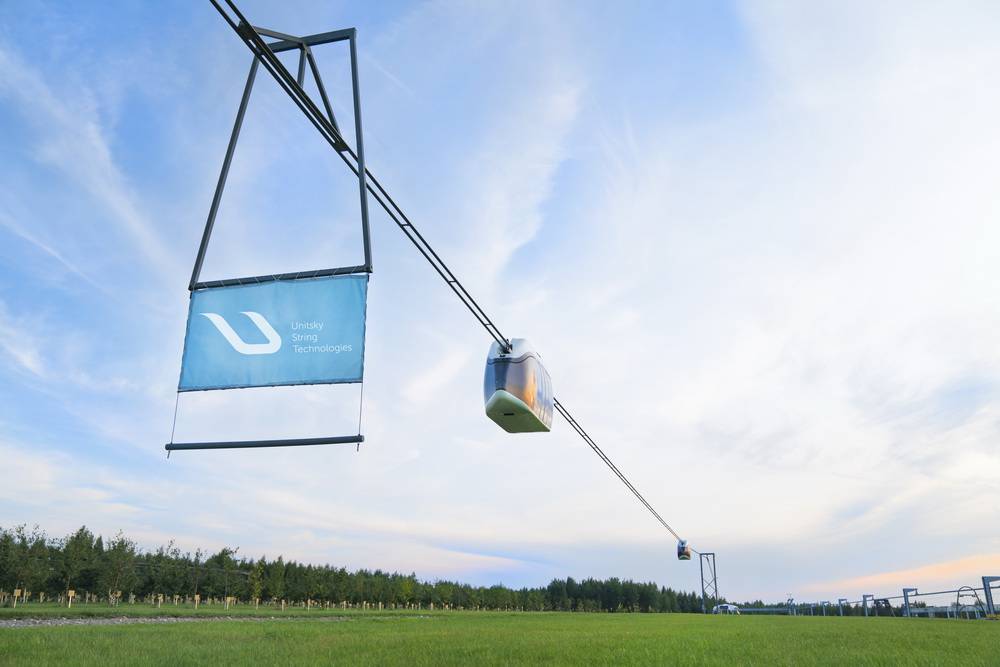
Since the founding of Unitsky String Technologies Inc., the company has come a long way over the past decade. During this time, the company has demonstrated the feasibility and applicability of its developments through the construction of transport and infrastructure complexes and the implementation of a project for commercial operation. How do these achievements compare to the development of other innovative transport companies over a similar period? We decided to compare the results of UST Inc. with those of several other organizations offering alternative transportation solutions.
Aerial Vehicles by Urban Aeronautics
Founded in 2001 in Israel, Urban Aeronautics develops unmanned aerial vehicles – air capsules powered by electricity. The technology involves fully vertical take-off and landing. It is planned that these capsules will transport people within cities, using rooftops as landing platforms, thereby easing traffic congestion.
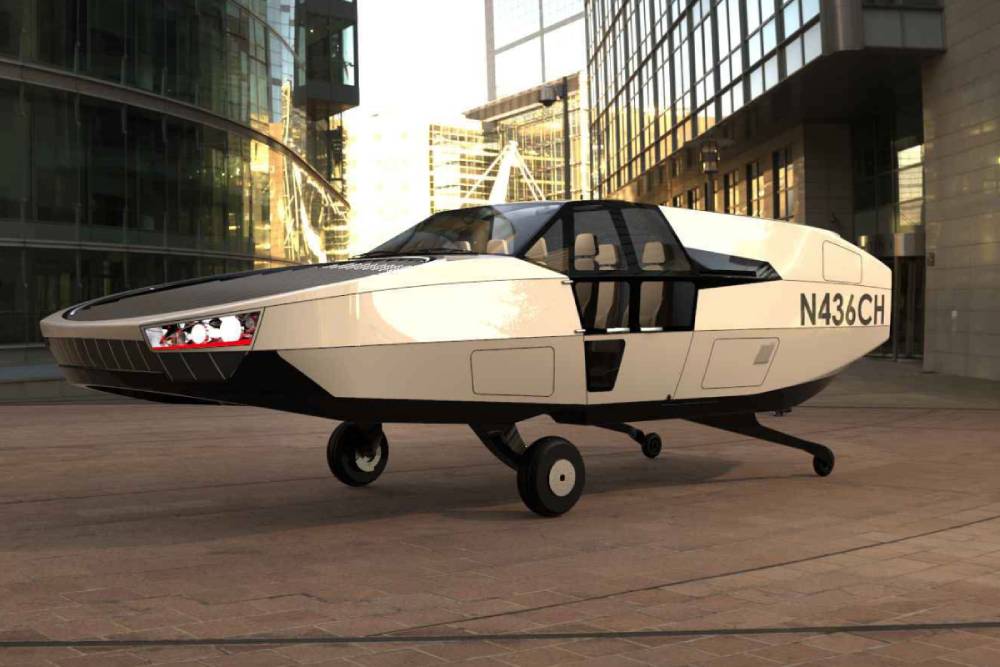
However, this type of transport has several drawbacks – high costs for development, production, and operation. The expensive nature of the capsules will hinder their widespread adoption. There are also safety concerns: enclosed rotors reduce the risk of collisions with obstacles, but airborne movement increases risks for passengers in the event of an accident or malfunction. Urban Aeronautics capsules do not emit exhaust gases, but mass production and disposal of their electric components and batteries could significantly harm the environment. Additionally, introducing new technologies into the aviation industry may face regulatory and legal barriers. All these issues impede the adoption of air capsules despite their potential efficiency. Over 23 years, the company has only reached the prototype testing stage.
Hyper-Speed Transport by Virgin Hyperloop
The American startup Hyperloop One (Virgin Hyperloop) emerged in 2014. Initially, the plan was to create passenger capsules that could travel through low-pressure tubes at speeds exceeding 1,000 km/h. Such transport is environmentally friendly and requires little energy. However, the publication of the first version of the Hyperloop concept sparked active debates: not all scientists and engineers believed in the feasibility of ultra-fast transport. Skeptics also cited other arguments against it: the project would require billions of dollars in investment, obtaining regulatory approval would be difficult, and the energy consumption might far exceed the initial estimates. There were also concerns about passenger safety, as in the event of capsule depressurization, passengers inside would die instantly.
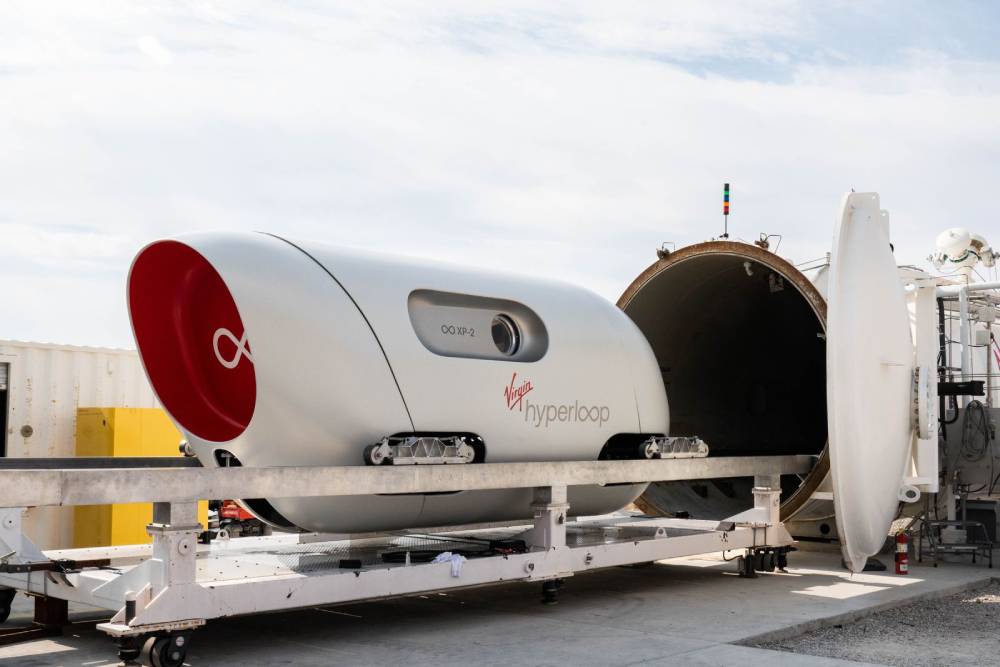
The company never reached the promised speed – the maximum achieved was 463 km/h, and this was without passengers. In 2020, a test with passengers was conducted in Nevada, where they traveled at 170 km/h. Due to emerging challenges, Virgin Hyperloop decided to shift its focus from passenger transport to cargo, planning to launch commercial lines by 2027 at the latest. However, by 2023, the company announced its closure after 9 years of operations, having involved more than $400 million of investments.
SkyTran – A Ride at Taxi Price
Another company from the USA, SkyTran, is implementing innovative transportation. Their development is a network of computer-controlled two- and four-seat vehicles using passive magnetic levitation technology. Aluminum rails have a motor that rotates a magnet on the transport capsule, pushing it forward. Initially, the capsule will travel at 70 km/h, with a future goal of 250 km/h. This transport is eco-friendly, economical, compact, and comfortable, capable of transporting 12,000 passengers per hour. The track structure will be elevated at a height of 6‒9 meters, avoiding traffic jams and accidents.
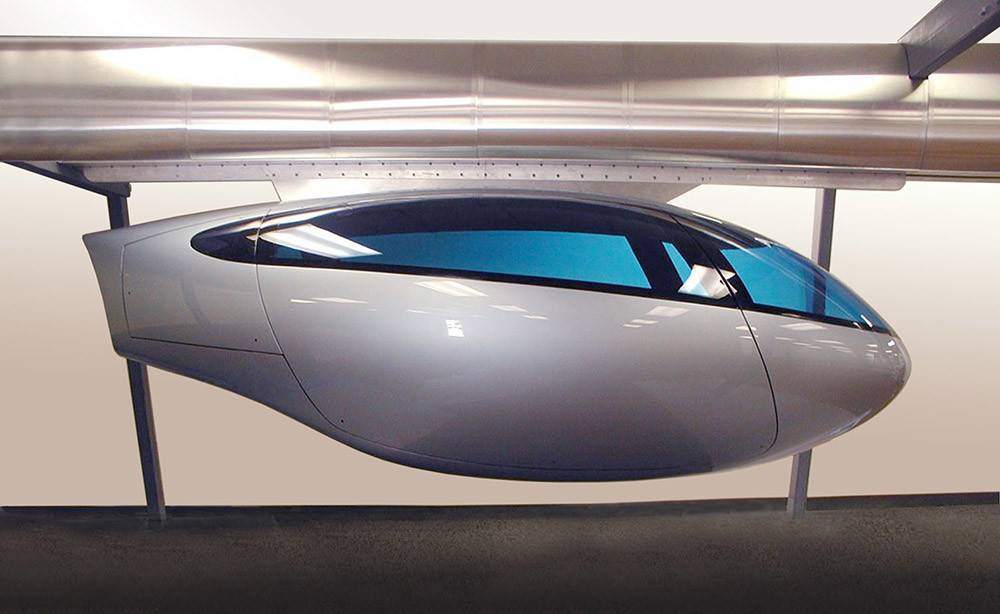
However, SkyTran technology also has drawbacks, the main one being high cost. The most expensive components are the magnets that form the basis of the transport system. Additionally, rides in such small capsules would be comparable in price to taxi rides. Due to the high degree of individuality of the transport, an extensive network of roads would be required, increasing costs. Other challenges include passenger safety in case of track structure collapse, difficulties in modeling, and technical and regulatory barriers.
The idea attracted about $79.5 million in investments and received support from NASA and the defense company Israel Aerospace Industries. Plans included building a commercial network in Israeli cities Tel Aviv, Herzliya, and Netanya, as well as roads to Ramon Airport. However, not a single project was implemented, and in 2023, the startup closed due to lack of funding, lasting 14 years.
High-Speed Train by JR Central
In 1997, the major Japanese railway company JR Central decided to develop maglev technology. This idea formed the basis for a long-distance overhead passenger train. It took the company nearly 20 years before the maglev train reached the declared speed on the test track.
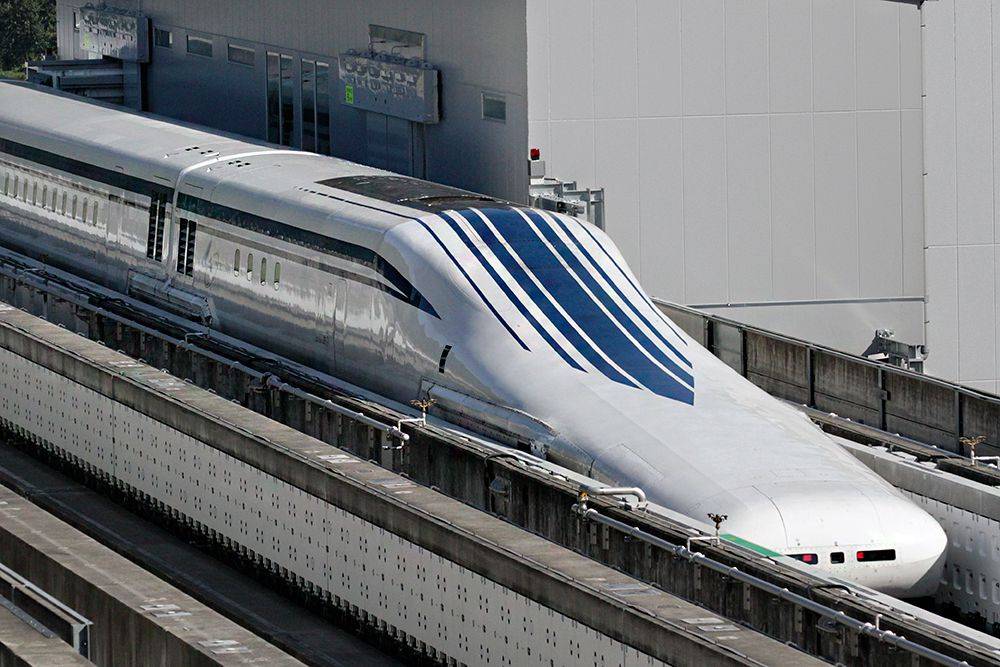
The first commercial project was supposed to be a high-speed line between Tokyo and Nagoya, with an estimated cost of $55 billion. Work began in 2014 and was expected to be completed within 13 years, but construction faced difficulties. Local authorities opposed the construction of underground tunnels, which threatened to disrupt the ecology of mountain ranges and water bodies. Reaching an understanding has not yet been achieved, and the line’s launch has been postponed until 2034. Thus, to date, only an 18.6 km test section of the track has been implemented.
This JR Central product also has drawbacks: complex and costly technologies, massive and expensive structures, large-scale land acquisition for overpass supports, and interference with established natural complexes. Additionally, high speeds pose safety risks for passengers: problems can arise in the event of accidents or technical failures.
UST Inc. and Modern Transport Above the Ground
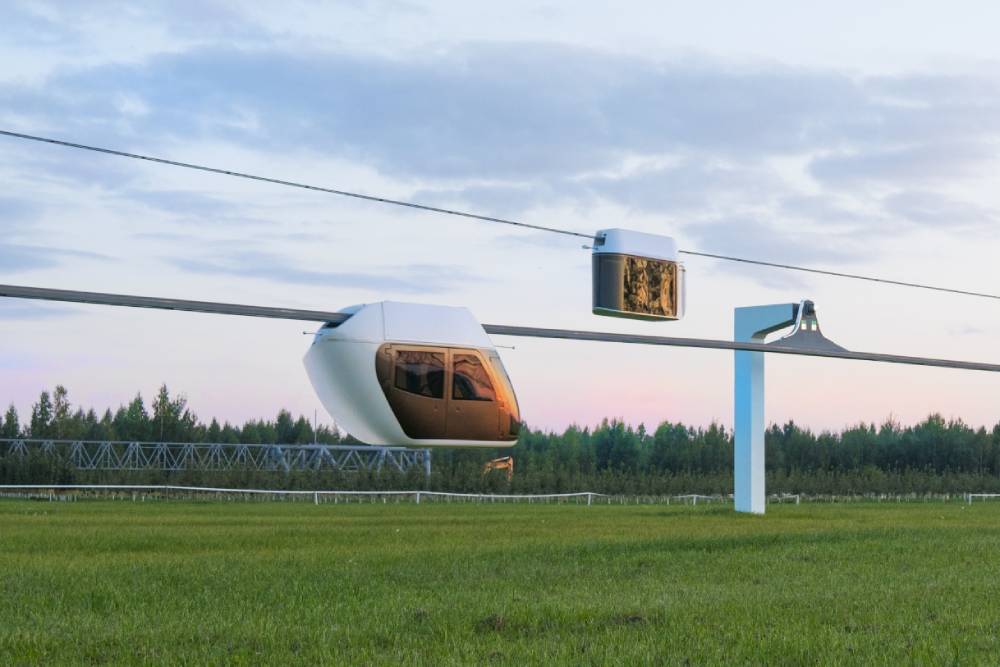
These are just a few examples showing that not all alternative technologies have withstood the test of time and proven their effectiveness. While other innovative transport companies faced numerous insurmountable challenges, UST Inc. managed to create an entirely new form of above-ground transportation over a decade with unprecedented design and operational characteristics. This allowed the company to complete all stages of technology implementation in a compressed timeframe for such a field and move on to working on targeted projects.
The uST transport and infrastructure complexes have confirmed their efficiency, reliability, safety, and environmental friendliness. The results achieved by the company demonstrate the viability and effectiveness of the product, making the further successful implementation of the developed technology possible.
More news
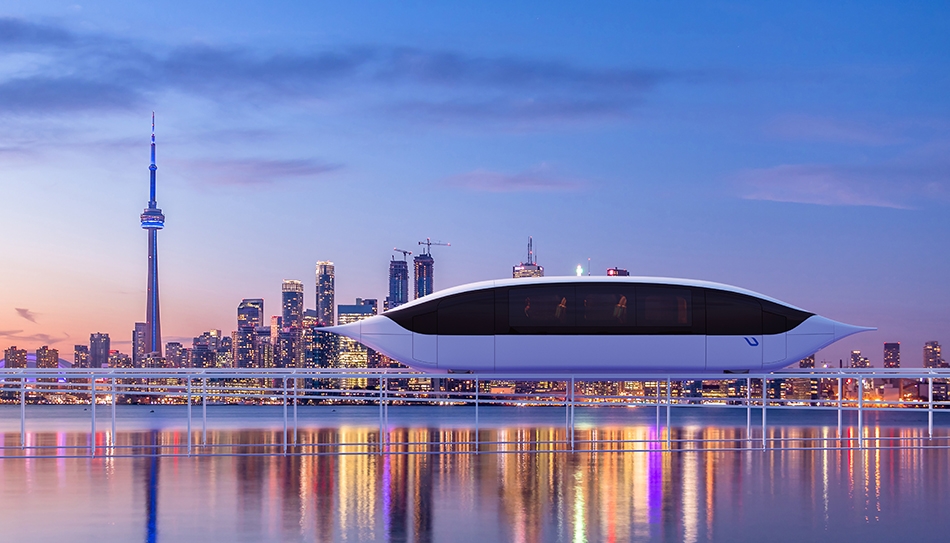
News
21 December 2023
Nuances of the commercial projects’ realization - in the 4th series about the work of UST Inc. in 2023
Why not all steps and contracts are made public?
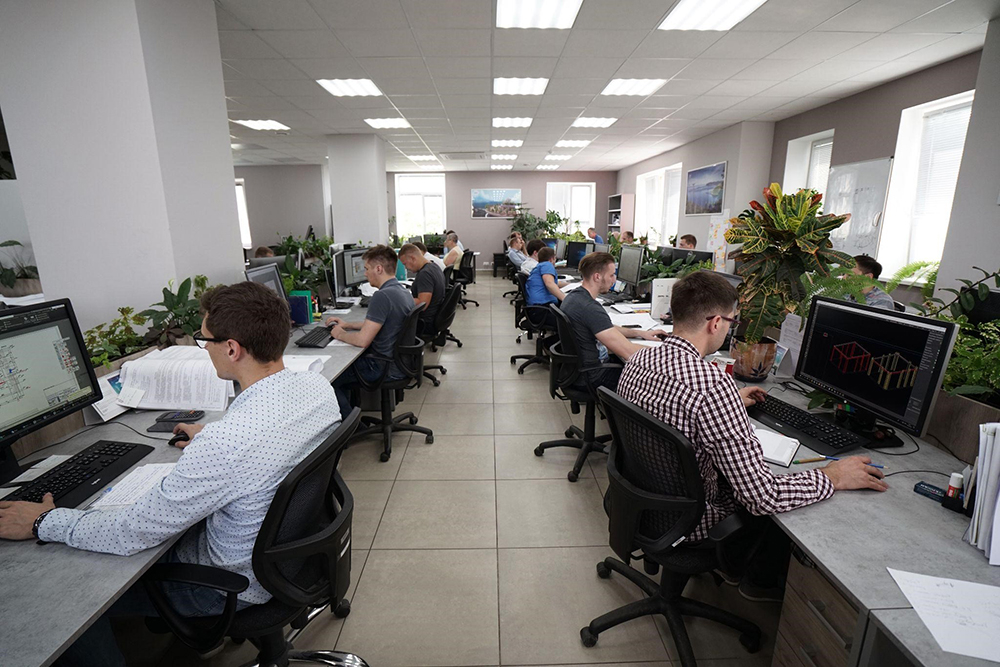
News
27 May 2022
Unitsky String Technologies Inc. Successfully Passed the Audit
UST Inc. passed the annual audit of individual financial statements, which was conducted by FinExpertiza-Bel Audit LLC. Annual individual financial statements accurately reflect the financial position of the company.
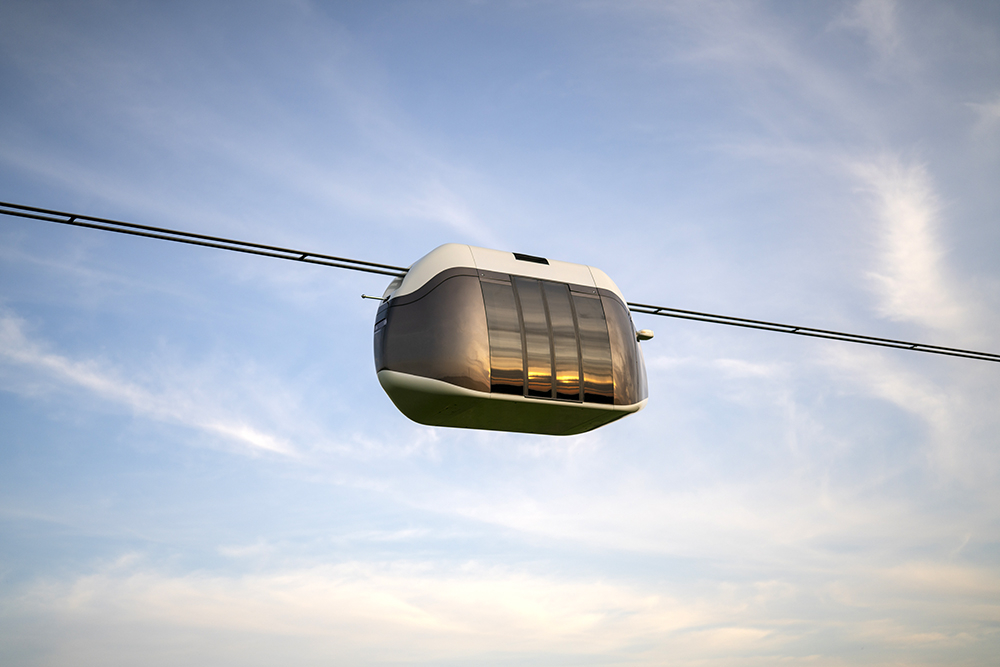
Analytics
14 January 2022
World Construction Today: «Two Different Systems. What is the Difference Between uST Transport and Cable Cars?»
World Construction Today published an analytical article on Unitsky String Technologies Inc., detailing the colossal difference between uST transport and cable roads. The author of the material came to this conclusion by comparing the principle of work, energy consumption, speed, carrying capacity, and other characteristics of the two transport systems.

